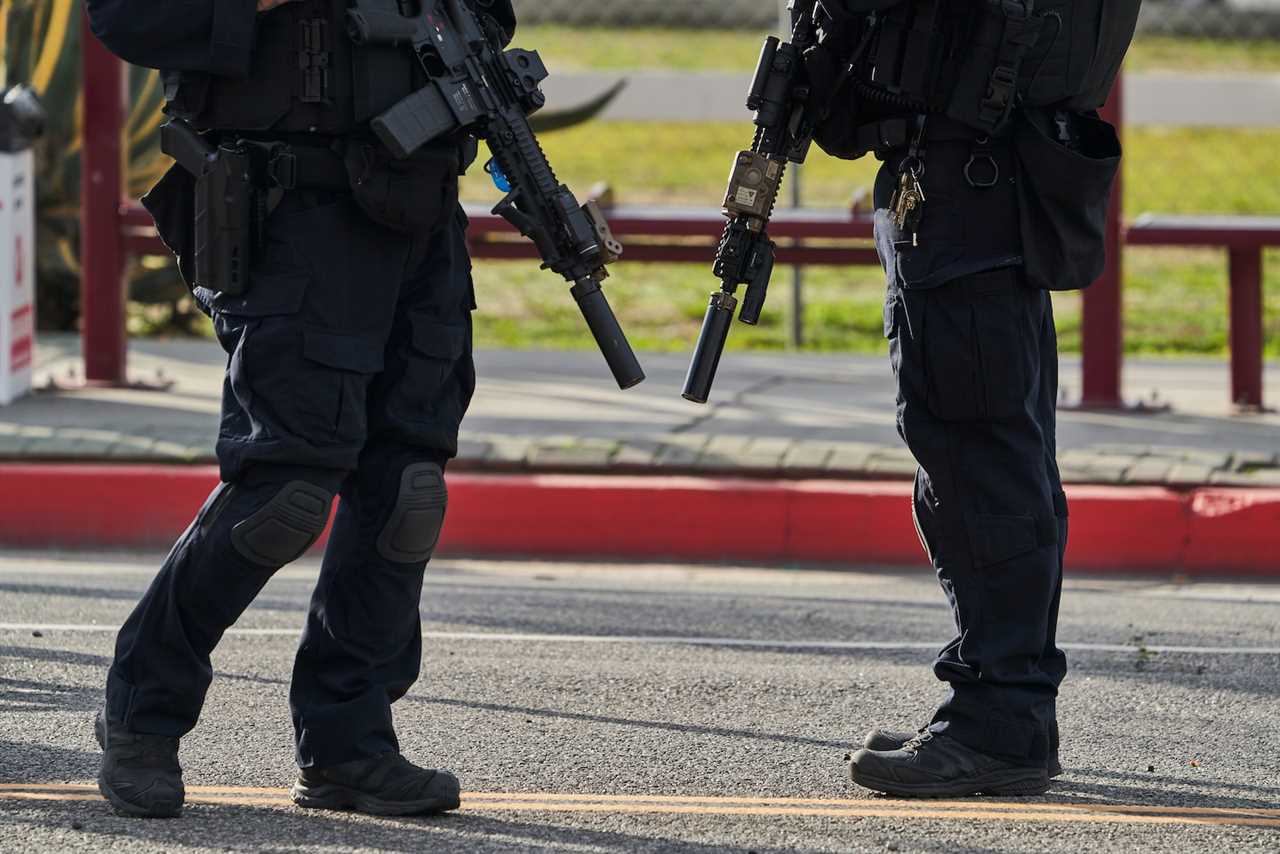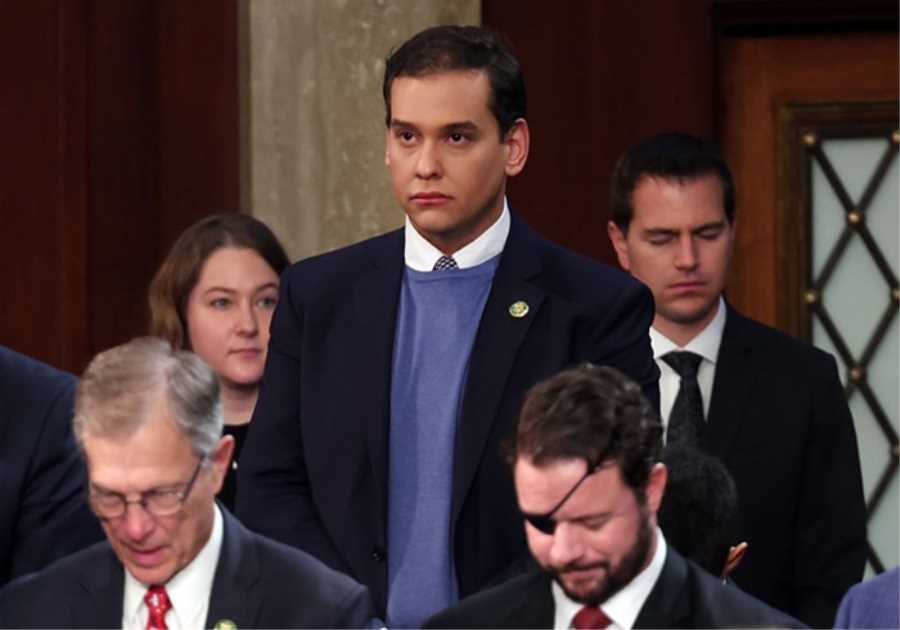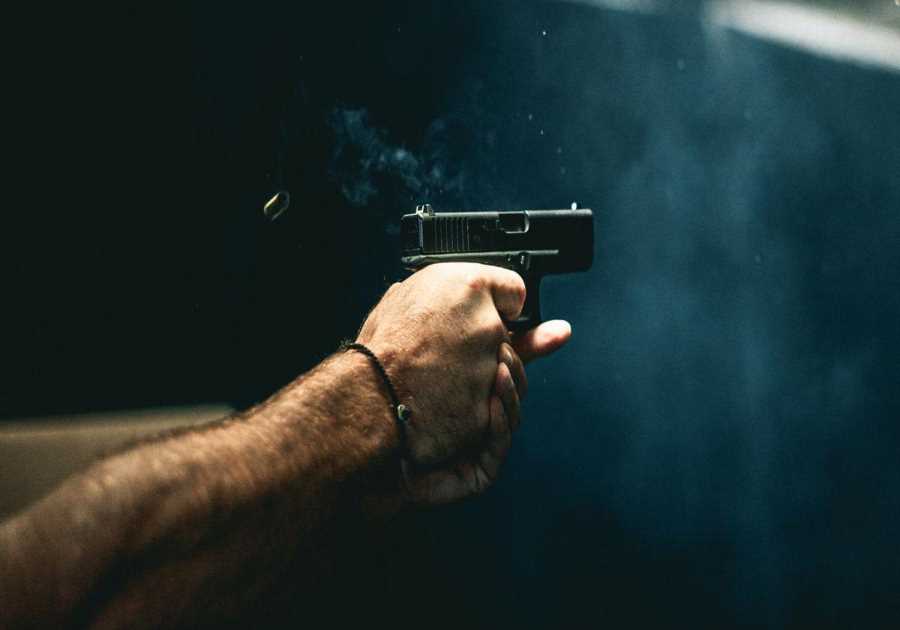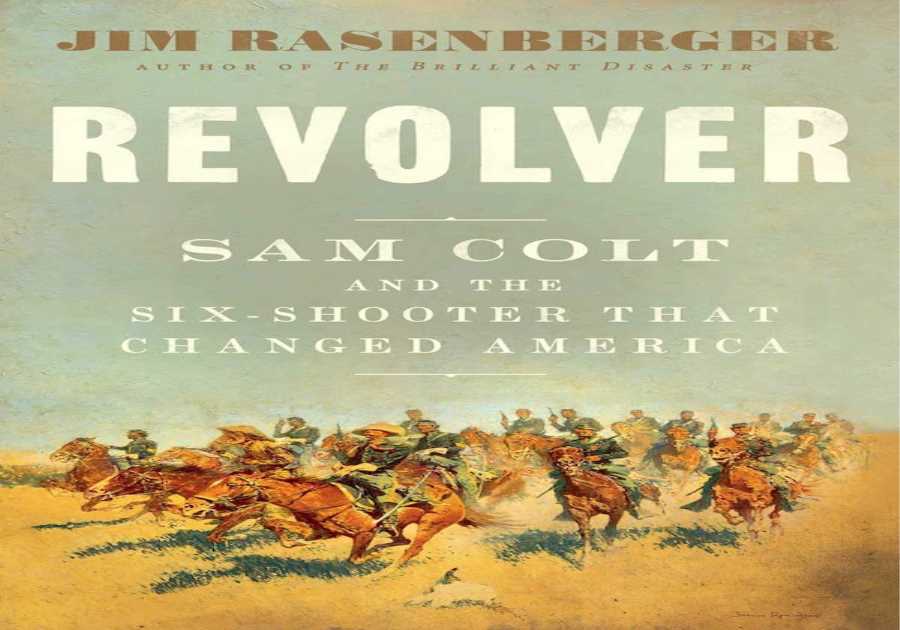
Comment on this story
Comment
MONTEREY PARK, Calif. — California has a reputation as a tough place to buy a gun.
It’s home to mandatory waiting periods and background checks for firearms purchases. It bans so-called military-style assault weapons, one of just eight states, plus DC, with such a law. And in 2016, it became one of the first states to pass a red-flag law, which allows authorities to remove firearms from someone believed to be a danger to themselves or others.
California’s patchwork of gun laws has been judged the strongest in the nation by the gun-control advocacy group Giffords.
But Saturday night’s horrific mass killing at a Monterey Park dance hall shows how the state’s strict gun laws are incapable of fully preventing gun violence in a country where gun ownership is widely considered a constitutionally protected right, firearms move freely between states with vastly different regulations and gun control measures are dotted with exceptions.
Yet California’s problem with gun violence does remain significantly smaller than in most other states, which advocates credit to the rules that are on the books.
Authorities had not said Sunday afternoon how the gunman in the mass killing obtained his weapon or what kind of firearm was used.
California’s more stringent gun safety measures stemmed from an explosion of shootings decades ago, including the 1989 slaughter of children in a Stockton schoolyard and a 1993 mass killing in a law office in downtown San Francisco.
Sen. Dianne Feinstein (D-Calif.) was among the main advocates of a 10-year national assault weapons ban passed in 1994. The federal measure was not renewed after it expired in 2004.
Still, with its restrictive state laws, California has among the lowest firearms mortality rates in the nation, according to the Centers for Disease Control and Prevention. It ranked seventh lowest nationwide with 8.5 deaths per 100,000 people in 2020 — well below the nationwide average of 13.7. Texas posted a rate of 14.2. Georgia had a rate of 17.7. The highest rate was in Mississippi, at 28.6 deaths per 100,000 people.
The Public Policy Institute of California, a nonpartisan organization that studies the state’s policies and politics, found the state’s death rate from large-scale shooting incidents from 2019 to 2021 was below the national average.
“Compared to citizens of other states, Californians are about 25% less likely to die” in those kinds of events, according to the institute.
California lawmakers continue to push to tighten gun laws, making the state a laboratory for firearms regulations and a frequent target of criticism from groups such as the National Rifle Association. The NRA earlier this month issued a warning that the California’s new state legislative session appeared to include the “Usual Appetite for Gun Control.”
Last year, the strongly liberal state legislature passed a bill that would allow private citizens to sue anyone who deals in illegal firearms — a deliberate echo of the controversial Texas law permitting citizens to pursue abortion providers in court.
California Gov. Gavin Newsom (D) championed the legislation opening the door to private lawsuits against gun dealers. It would have allowed plaintiffs to sue those who illegally trade in assault-style rifles, high-caliber rifles, guns without serial numbers or so-called ghost guns, which are manufactured without serial numbers or other ways to track them, sometimes in home workshops .
But in December, a federal judge in San Diego blocked the law from taking effect. The judge, Roger Benitez, has blocked several other state gun-control measures, including efforts to limit the size of ammunition magazines. An appeals court placed a hold on Benitez’s ruling for ammunition magazines.
After Benitez issued his injunction last month in the dealer lawsuits case, Newsom called him a “wholly owned subsidiary of the gun lobby and the National Rifle Association.”
Last week, California Attorney General Rob Bonta joined 17 other attorneys general in urging the US Supreme Court to uphold a New York law making it easier for citizens to sue gunmakers. The decision could affect the status of California’s effort to do so.
At the same time, gun-control activists are worried about the aftershocks from last year’s Supreme Court decision that the Second Amendment generally protects the rights of law-abiding Americans to carry a handgun outside the home for self-defense. The ruling in New York State Rifle & Pistol Association v. Bruen has resulted in easier access to concealed-carry permits nationwide. In California, the ruling led to a spike in permit applications and uncertainty from local officials about how to proceed.
California’s assault weapons ban also has faced court challenges. But, like many firearms regulations, the ban carries less weight than its name implies.
State law defines the banned weapons as semiautomatic guns with certain technical features, such as a flash suppressor. It also requires guns to have magazines that hold no more than 10 bullets — the industry standard is a 30-round magazine.
But that has not stopped gunmakers from selling what is commonly seen as military-style weapons — including AR-15-style rifles — in states with an assault weapons ban.
Major manufacturers produce a range of “California-compliant” AR-15-style firearms that mix and match features to avoid violating the law.
Smith & Wesson sells versions of its popular M&P 15 rifle that are designed to be legal in California by modifying either the grip or the magazine. An M&P 15 was used to kill seven people at a Fourth of July parade in Highland Park, Ill., in 2022.
Daniel Defense also offers a version of its DDM4 rifle that can be sold in California. A gunman used a DDM4 to kill 19 children and two adults at Robb Elementary School in Uvalde, Tex., in 2022.
The California-compliant versions of these AR-15-style guns appear largely identical to the guns sold in other states.
Frankel reports from Washington.






